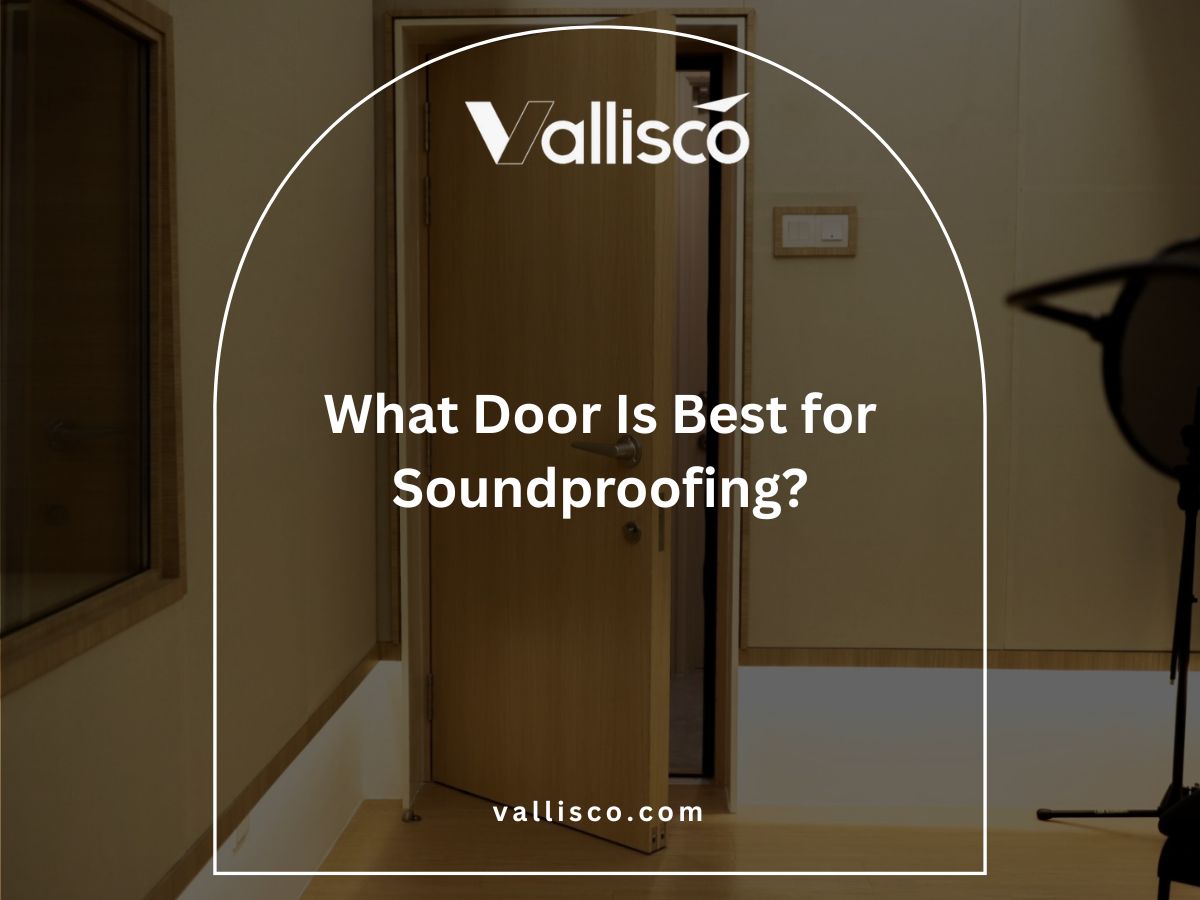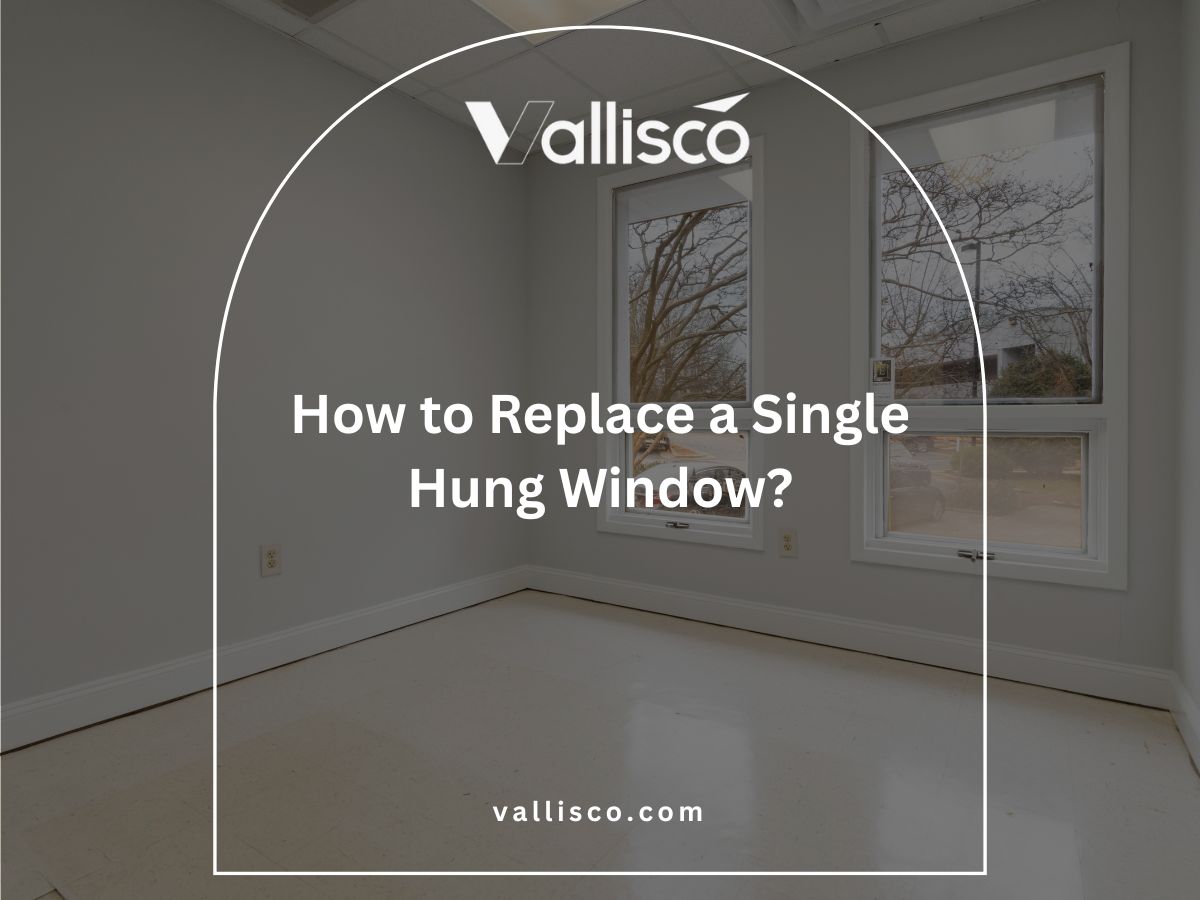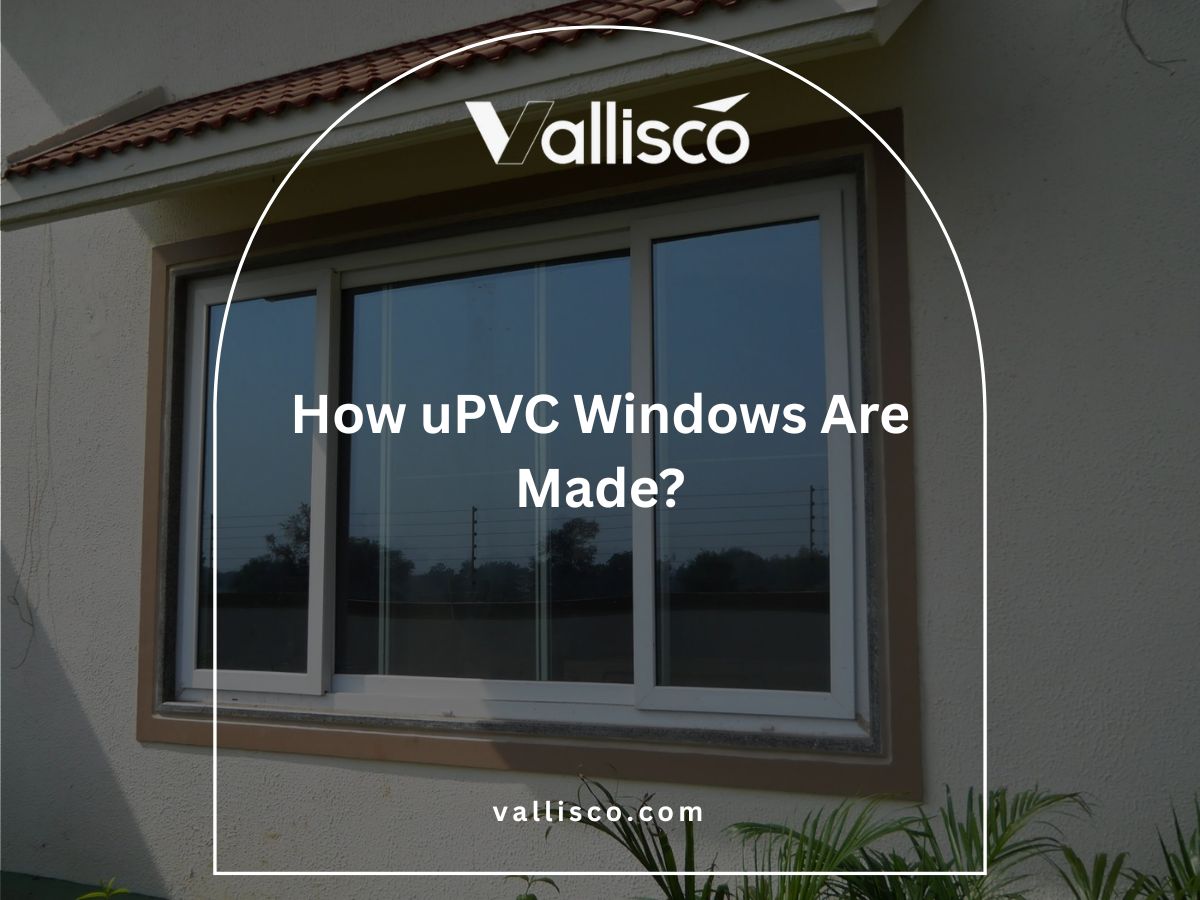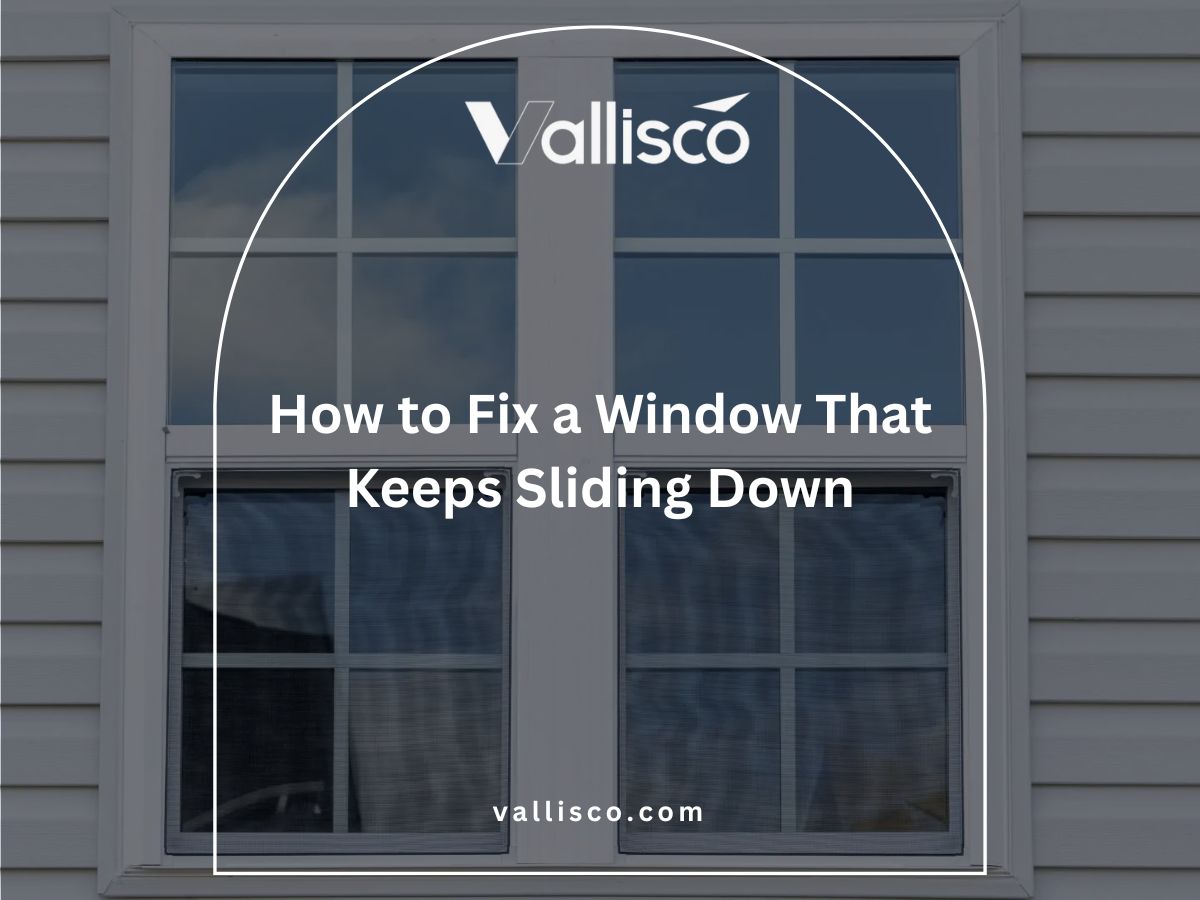A few years back, I worked with a café owner who swapped out their fiberglass front door for wood to “add character.”
Within a year, they were dealing with cracks and fading.
That project taught me that style alone shouldn’t drive a door choice, especially in commercial settings.
After working with multiple business owners and door manufacturers, I’ve gathered plenty of real-world insight on both materials.
This article will give you a clear, side-by-side comparison of fiberglass and wood doors, tailored for business use, so you’ll know exactly which is right for you.
Because the wrong choice today can turn into tomorrow’s renovation bill.
Let’s begin!
Quick Comparison Chart
Are you having a hard time deciding between fiberglass and wood doors for your commercial project? You’re not alone. Many of our clients ask for a side-by-side view to see how the two materials really compare—beyond surface-level assumptions. Here’s a quick breakdown to help you spot the key differences at a glance.
| Feature | Fiberglass Doors | Wood Doors |
| Durability | Highly durable and weather-resistant | Strong but vulnerable to moisture |
| Aesthetic Flexibility | Mimics wood grain, paint/stain ready | Authentic texture, rich natural grain |
| Energy Efficiency | Insulated core with excellent performance | Natural insulator, less consistent |
| Cost and Value | Mid-to-high upfront, low lifetime cost | High upfront with recurring upkeep |
| Maintenance Requirements | Minimal upkeep, no sealing needed | Needs sealing, staining, or refinishing |
If you want more detailed information, keep reading below. We break down below each feature with real-world examples, and use cases based on what we’ve seen in the field.
1. What Is a Fiberglass Door?
Fiberglass doors are engineered from compression-molded fiberglass skins layered over a solid insulated core. On the surface, they can mimic high-end woodgrain textures. Underneath, they’re built to take a beating without flinching.
Here’s what makes fiberglass doors a practical choice for commercial builds:
- Weather-Resistant Material: No warping, swelling, or rotting, even in moisture-heavy areas
- Insulated for Efficiency: Most cores are filled with polyurethane foam for energy savings
- Minimal Upkeep: No repainting or resealing every season
- Aesthetic Flexibility: From clean modern panels to deep oak-style grains
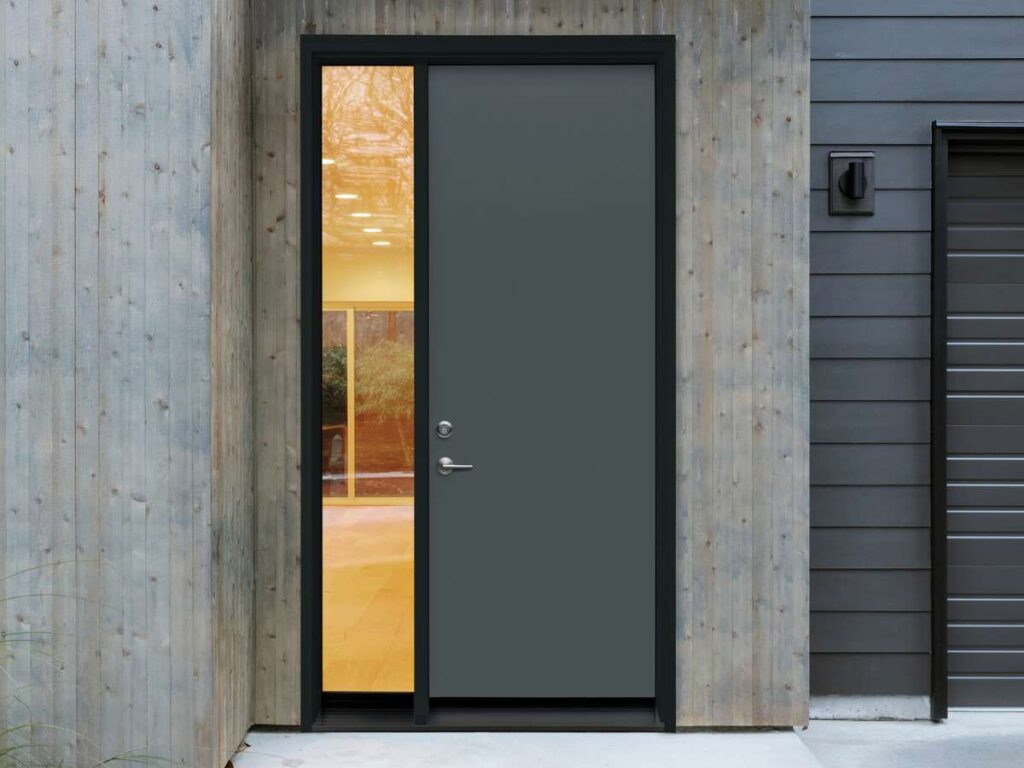
2. What Is a Wood Door?
A wood door is typically made from solid hardwood or an engineered core wrapped in real wood veneer. It’s warm, it’s timeless, and for the right setting, it’s worth the added care. Here’s why wood still earns its place in commercial spaces:
- Unmatched Visual Character: Every door has a one-of-a-kind pattern and feel
- Custom Detailing: Works beautifully with carvings, panels, or premium hardware
- Substantial Feel: Adds physical and visual weight to the entryway
- Good Thermal Properties: Dense wood provides natural insulation
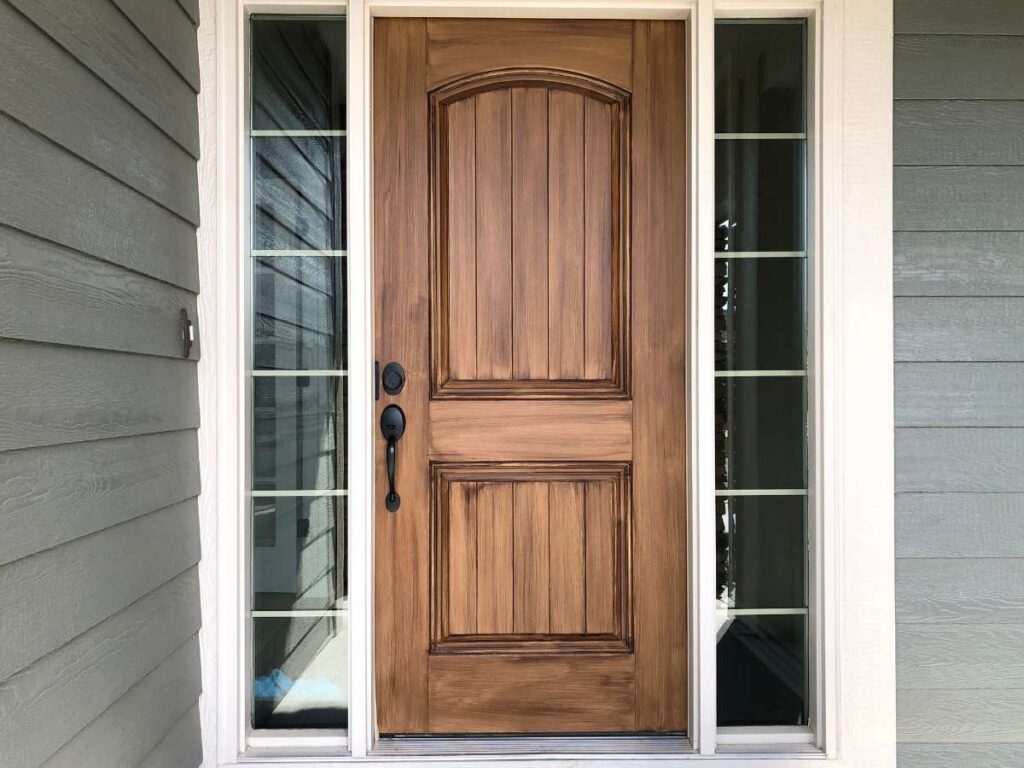
3. Durability and Weather Resistance
A client recently reached out after replacing dozens of entry doors on a commercial property. Their original supplier had used standard wood doors, and within a year, warping and moisture damage became a recurring issue.
This kind of situation is more common than it should be. When durability is overlooked in the material selection stage, it leads to costly replacements and frustrated end-users. Here’s how fiberglass and wood compare when it comes to weather resistance and long-term strength:
Fiberglass Doors
- Moisture-Resistant Core and Skin: Doesn’t warp, swell, or rot like natural wood. This makes it a top pick for areas with rain, humidity, or water exposure.
- Great for Exterior Installations: Performs reliably in rain, humidity, and direct sunlight. It holds up in climates where traditional wood would fail fast.
- Impact Durable: Stands up to foot traffic, carts, and daily wear in busy buildings. It’s a solid option for public entries, service doors, and common areas.
- Fade-Resistant Finishes: Holds color and texture longer under UV exposure. That means less repainting or refinishing, especially on south-facing or sun-exposed doors.
- Long-Term Structural Stability: Maintains shape and seal without seasonal shifting. Clients appreciate not having to worry about swelling or sticking throughout the year.
Wood Doors
- Sensitive to Moisture and Climate Swings: Prone to expansion, cracking, or warping. Even minor humidity shifts can affect performance if not properly sealed.
- Higher Maintenance Needs: Requires regular sealing, refinishing, and inspections. Without that attention, its lifespan and appearance drop quickly.
- Not Ideal for Exposed Installations: Performs better indoors or under full cover. Unprotected exteriors speed up deterioration, especially in wet or coastal zones.
- Can Offer Long Life with Care: When maintained properly, quality hardwood doors still hold value. Some clients are willing to put in the work for that classic look.
- Best in Controlled Environments: Ideal for interiors or spaces with stable temperature and humidity. Offices, hotel corridors, or high-end lobbies are good fits.
Takeaway
If your property faces harsh weather or heavy use, fiberglass doors will almost always outlast wood with less upkeep. Wood can still deliver long life, but only with consistent care and a protected location. The smart move is matching the material to your climate and traffic demands to avoid expensive surprises later.
4. Appearance and Aesthetic Flexibility
One of the first things I hear in planning meetings is, “It needs to look good, especially at the main entrance.” And they’re right. Whether it’s a hotel, office building, or apartment complex, the door makes a statement before anyone steps inside.
Here’s how fiberglass and wood each bring something different to the table when design is a key part of the spec:
Fiberglass Doors
- Realistic Woodgrain Textures: Molded surfaces mimic the look of oak, mahogany, cherry, and more. You get the style of wood without the vulnerability to weather or pests.
- Paint and Stain Compatibility: Many fiberglass doors can be painted or stained to match branding or design themes. The finish holds up well over time with minimal touch-up.
- Wide Range of Panel Designs: From sleek and modern to detailed and traditional, fiberglass doors come in many architectural styles. This makes them easy to fit into both classic and contemporary builds.
- Consistency Across Orders: Since the material is manufactured, the finish and detail remain uniform from one unit to the next. That’s a big advantage when you’re ordering 50 or 100 doors for a large property.
- Custom Hardware Compatibility: Fiberglass doors are compatible with a range of commercial-grade handles, kickplates, and electronic locks. This helps ensure security doesn’t conflict with style.
Wood Doors
- Authentic Natural Grain: Each wood door has its own unique markings and texture. That individuality is often seen as a premium design feature, especially in upscale commercial environments.
- Custom Carving and Detailing: Wood allows for deep engravings, raised panels, or personalized touches like company logos. That level of customization creates a distinct visual identity.
- High-End Finish Options: Stains, clear coats, and paints can bring out subtle tones or bold colors depending on the wood species. Designers love this range for matching interior and exterior finishes.
- Material Warmth and Depth: Natural wood gives a tactile, rich feel that synthetic materials often lack. This makes a big impact in settings like executive offices or hotel lobbies.
- Best for Statement Entrances: Wood is often chosen for front entrances where design carries weight. When the goal is to impress, its presence and texture help set the tone.
Takeaway
If design flexibility is your top priority, fiberglass offers the widest range of styles with consistent results for large projects. Wood delivers unmatched warmth and authenticity, but at the cost of higher upkeep and variability. The right choice depends on whether you value low-maintenance uniformity or the one-of-a-kind look only natural grain can offer.
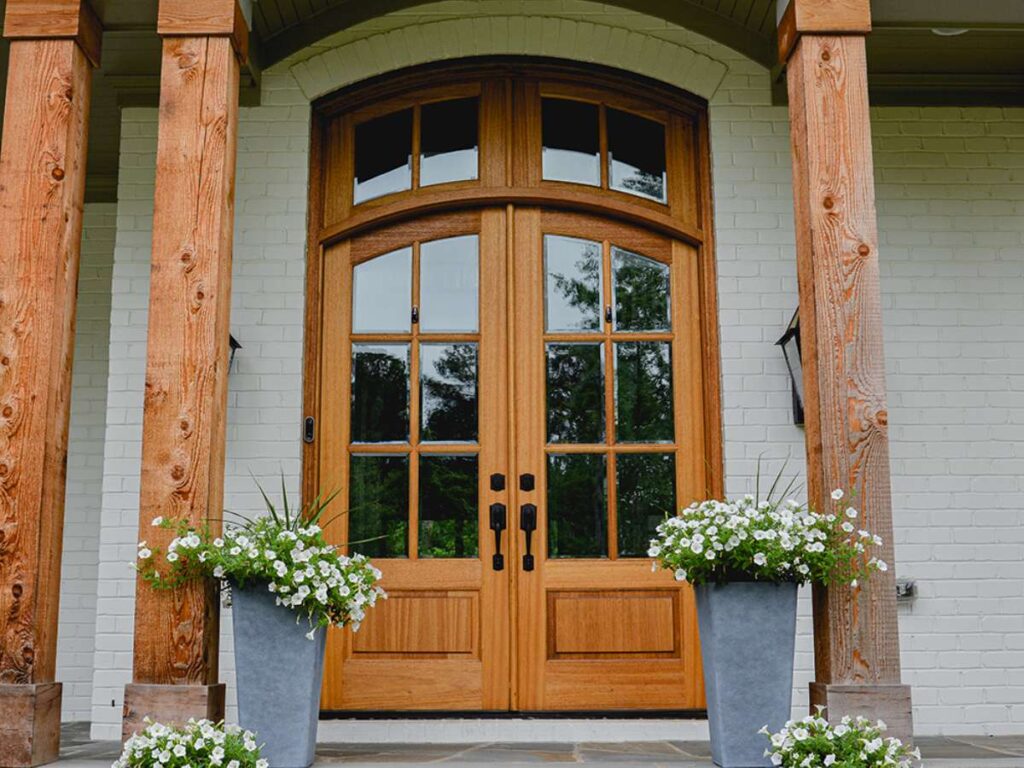
5. Maintenance Requirements
I’ve had conversations with clients who assumed all doors are “set it and forget it.” A year later, they’re dealing with peeling finishes, moisture issues, or hardware adjustments—and they quickly learn that some materials are just easier to live with than others.
Maintenance isn’t just about time. Here’s how fiberglass and wood stack up when it comes to day-to-day and long-term upkeep:
Fiberglass Doors
- Doesn’t Need Frequent Finishing: At Vallisco, our factory-applied finish resists peeling and fading for years. You won’t need to restain or reseal it like you would with wood.
- Resists Moisture and Insect Damage: No need for regular inspections for termites, mold, or swelling. It’s a smart option for properties where climate exposure is constant.
- Easy to Clean: Most fiberglass doors can be wiped down with mild soap and water. That keeps them looking sharp without specialty cleaning products or tools.
- Hardware Stays in Place: The material’s stability helps maintain alignment, so hinges and locks rarely need adjusting. That’s especially helpful when doors are used multiple times a day.
- Reliable Over Time: You can install a fiberglass door and know it will hold up with minimal maintenance. That’s one less thing for your facilities team to track.
Wood Doors
- Needs Regular Sealing or Staining: Exposure to air and sunlight breaks down the finish over time. Without upkeep, the surface will crack, fade, or absorb moisture.
- More Prone to Moisture Issues: Wood can swell, shrink, or warp if it’s not properly protected. That can lead to operational issues or even structural damage.
- Vulnerable to Insects and Mold: Especially in humid or wooded areas, wood attracts termites, mildew, and other biological threats. Regular inspections are a must.
- Finish Can Be Damaged by Cleaners: Harsh chemicals or heavy scrubbing can ruin the appearance. Cleaning requires a gentler approach to preserve the surface.
- Hardware May Need More Attention: Seasonal expansion or contraction can throw off the alignment of hinges, locks, and frames. That means more adjustments over time.
Takeaway
If low upkeep is your goal, fiberglass wins by a mile, it keeps its looks and performance with minimal attention. Wood can be worth the effort for its charm, but only if you’re ready to commit to ongoing care. Choose the material that matches your maintenance capacity, not just your design vision.

6. Insulation and Energy Efficiency
Energy efficiency might not be the first thing people think about when choosing doors, but it always comes up later, usually when heating or cooling bills start creeping up. For businesses managing large buildings or multi-unit properties, insulation isn’t just about comfort. It affects monthly operating costs and occupant satisfaction.
Here’s how fiberglass and wood compare when it comes to keeping indoor temperatures stable:
Fiberglass Doors
- Insulated Core Reduces Heat Transfer: Most fiberglass doors are built with a polyurethane or foam core. This helps block outdoor temperatures and maintain indoor climate control.
- Helps Reduce Energy Bills: Better insulation means less demand on your HVAC system. That adds up to noticeable savings over time, especially in large facilities.
- Low Air Leakage: Fiberglass doors tend to create a tight seal when installed properly. That reduces drafts and helps maintain consistent air pressure indoors.
- Great for LEED and Green Building Projects: Energy-efficient doors support certification goals. They’re often part of broader sustainability strategies in commercial construction.
- Performs Well in All Seasons: Whether it’s heat, cold, or humidity, fiberglass holds steady. Clients in extreme climates often choose it for that reason alone.
Wood Doors
- Provides Decent Insulation When New: Solid wood can help reduce heat transfer to some extent. But without added core insulation, the performance is limited.
- Can Lose Efficiency Over Time: Wood expands and contracts, which can create small gaps around the frame. That leads to drafts and reduced thermal performance.
- More Prone to Air Leaks: Especially if the door shifts from seasonal changes, air can seep in around the edges. That drives up energy costs in the long run.
- No Built-In Foam Core: Unlike fiberglass, wood doors typically lack engineered insulation. That’s a disadvantage in commercial spaces with strict energy codes.
- Better for Interior Use: When used inside, insulation is less of a concern. But for exterior applications, it usually needs backup from the building envelope to perform well.
Takeaway
If energy efficiency and climate control are high on your priority list, fiberglass offers a clear edge with its insulated core and tight sealing. Wood can work in certain settings, but it often requires extra measures to match fiberglass performance. For exterior doors in commercial properties, fiberglass is the safer long-term choice for keeping costs and temperatures steady.
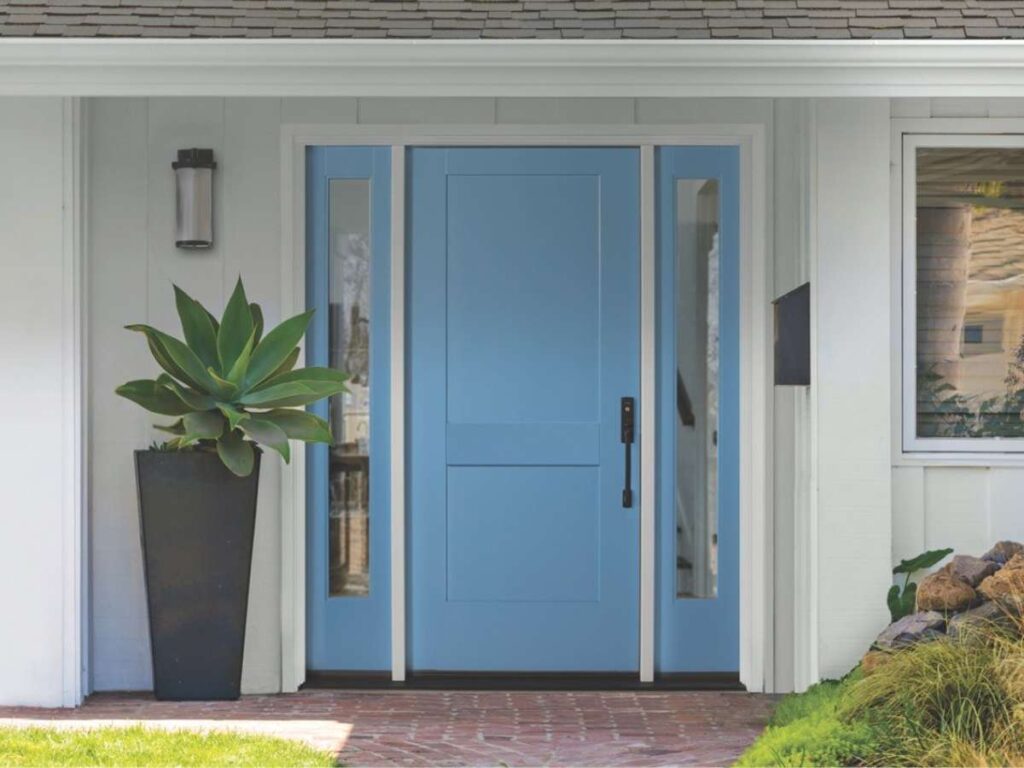
7. Cost and Long-Term Value
I’ve worked with plenty of teams who tried to cut costs by choosing the cheapest doors upfront. Most of the time, they ended up paying more later in repairs, refinishing, or even early replacements. That’s why we always walk clients through the full picture—not just the sticker price, but how the material performs five, ten, even fifteen years down the line.
Here’s how fiberglass and wood compare when it comes to overall value:
Fiberglass Doors
- Moderate Initial Cost: Typically more expensive than hollow core or basic wood doors. But you’re paying for performance that holds up for years with minimal upkeep.
- Lower Lifetime Maintenance: Fewer repairs, repainting, and replacements mean fewer surprise costs. Facility teams often prefer it because it keeps service calls to a minimum.
- Durable Against Damage: Less likely to crack, swell, or splinter. That means fewer units needing early replacement across the property.
- Energy Savings Over Time: The insulated core reduces heating and cooling costs. These savings can add up significantly across multiple buildings or large square footage.
- Strong ROI in High-Traffic Areas: Ideal for hotels, schools, or apartments where durability and energy efficiency matter most. The longer it lasts without trouble, the more value it delivers.
Wood Doors
- Higher Material and Labor Costs: Solid hardwoods come at a premium, especially with custom finishes or details. Skilled installation and finishing also add to the total expense.
- Ongoing Maintenance Adds Up: Staining, sealing, and refinishing are recurring costs. If skipped, they can shorten the lifespan of the door considerably.
- More Prone to Early Wear: In exposed or high-use areas, damage adds up quickly. Replacing just a few damaged doors each year adds strain to your budget.
- Limited Energy Efficiency: Without insulation, wood can’t offer the same long-term savings on utility bills. That makes it less appealing for energy-conscious commercial clients.
- Best for Controlled Environments: The return is higher when used in areas with stable conditions. In the right space, the aesthetic boost may be worth the added care.
Takeaway
If you’re looking at total ownership cost, fiberglass offers better long-term value thanks to lower maintenance, higher durability, and energy savings. Wood can still be a smart investment in the right setting, but only if you’re ready to budget for upkeep. For most commercial applications, fiberglass delivers a stronger ROI and fewer budget surprises over time.
How to Choose the Right Door for Your Needs
I’ve helped clients who regretted their choice because they focused only on appearance or cost, and overlooked how the door would actually be used day in and day out. That’s why I always break the decision down into performance criteria tied to real-life building needs.
Here’s how to make sure the door you pick can stand up to everything you’re about to throw at it.
Environmental and Climate Exposure
One of the first things I look at is the setting—exterior or interior, humid or dry, coastal or inland. If the door is exposed to rain, sun, wind, or seasonal temperature swings, fiberglass tends to be the safer bet. Its stability under moisture and UV exposure means less maintenance and fewer issues over time.
Wood, on the other hand, needs more care in uncontrolled environments. If you’re placing doors where climate stress is unavoidable, insulation and material resilience should be your top priorities.
Foot Traffic and Daily Usage
Think about how often the door will be used and who will be using it. A main entrance to a school or a hotel gets much more abuse than an interior office door. Vallisco’s iberglass door ffers better impact resistance and durability under repeated use, which is ideal for commercial spaces with constant movement.
Wood can work for low-traffic areas, but it’s more prone to dents, scratches, and wear if pushed too hard. In high-traffic settings, durability isn’t optional—it’s essential.
Installation and Framing Requirements
Not all frames and hardware setups are created equal. Fiberglass doors are lighter and typically easier to install with modern framing systems, especially when you’re working with commercial-grade metal or composite frames.
Wood doors tend to be heavier, which can affect hinge stress and hardware compatibility. You’ll also want to consider door thickness, core type, and whether the frame can support any shifting due to moisture. Matching the door type to your framing system saves time and prevents costly callbacks.
Long-Term Cost and Maintenance Planning
I always ask clients how long they expect the doors to last—and how much time their team can realistically spend maintaining them. Fiberglass usually costs a bit more upfront, but it pays off with fewer repairs, better energy efficiency, and less frequent refinishing.
Wood may seem like a strong aesthetic win early on, but the cost of upkeep can add up fast. Think beyond the first year and map out the total cost of ownership, including maintenance, energy savings, and expected service life. When you take the long view, the better choice usually reveals itself clearly.
Conclusion
That café owner’s lesson is one every business should learn,. Style matters, but performance matters more. Fiberglass offered them the strength and low upkeep they needed, without sacrificing looks.
You’ve seen how fiberglass and wood stack up in cost, durability, and maintenance.
The choice is yours, but time and money are worth protecting.
Vallisco help you make the best decision for your space. Contact us today and start with doors built for business.
Explore More of Our Resources
If you’re searching for more choices, explore our full collection of products. We’ve picked out some great options for you:
Still haven’t found what you’re looking for? Don’t hesitate to contact us. We’re available around the clock to assist you.



